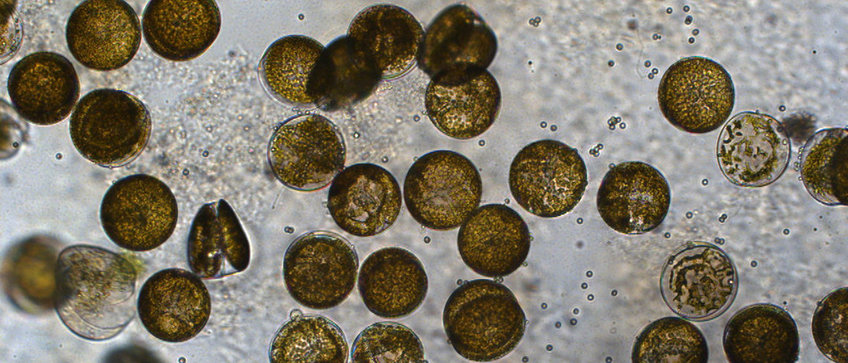
Publikationen von Matilda W. Gikonyo
Alle Typen
Zeitschriftenartikel (3)
2024
Zeitschriftenartikel
A radiation of Psylliodes flea beetles on Brassicaceae is associated with the evolution of specific detoxification enzymes. Evolution: International Journal of Organic Evolution, qpad197, S. 127 - 145 (2024)
2019
Zeitschriftenartikel
Identification and evolution of glucosinolate sulfatases in a specialist flea beetle. Scientific Reports 9, 15725 (2019)
Zeitschriftenartikel
Adaptation of flea beetles to Brassicaceae: host plant associations and geographic distribution of Psylliodes Latreille and Phyllotreta Chevrolat (Coleoptera, Chrysomelidae). Zookeys 856, S. 51 - 73 (2019)
Hochschulschrift - Doktorarbeit (1)
2021
Hochschulschrift - Doktorarbeit
The evolution of host plant use and adaptation to Brassicaceae in the leaf beetle genus Psylliodes. Dissertation, Friedrich Schiller University Jena, Jena (2021)